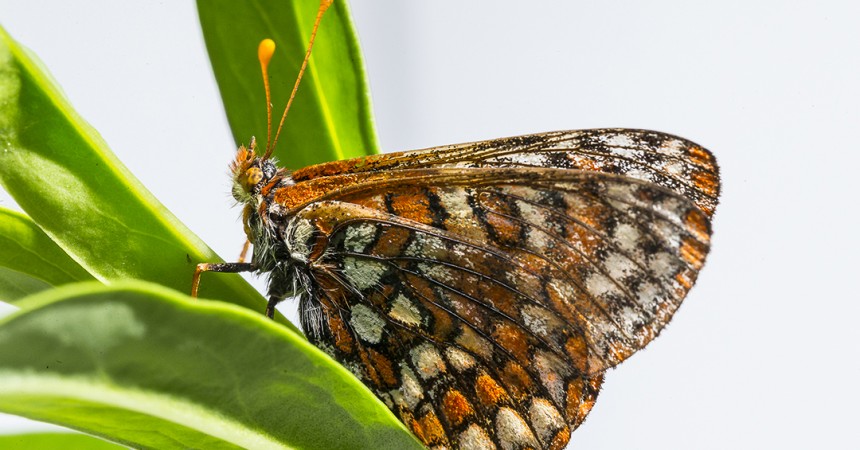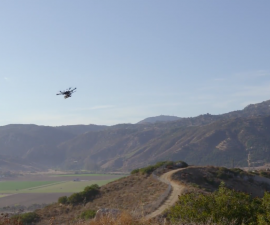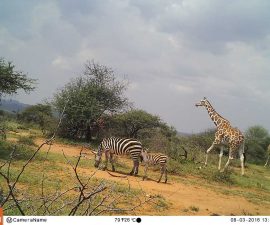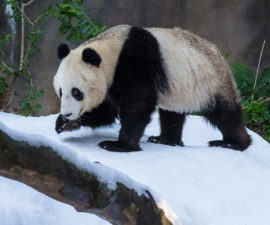In a bright, window-filled lab near elephants and camels, the San Diego Zoo’s entomology department is caring for one of the rarest butterfly species in San Diego County. The Quino checkerspot butterfly, Euphydryas editha quino, has experienced a drastic decline in population due to urban growth and housing development within its historical range of San Diego and Riverside counties.
Once found throughout California and into Mexico, the tiny Quino checkerspot butterfly population is now extremely fragmented, making it challenging for Zoo and U.S. Fish and Wildlife Service biologists to find and collect eggs, larvae and butterflies for the recovery program. Due to the unique biology of this butterfly species, there have been many years when almost no Quino sightings were recorded. As climate change, drought and development have altered their habitat, the Quino’s future has become uncertain.
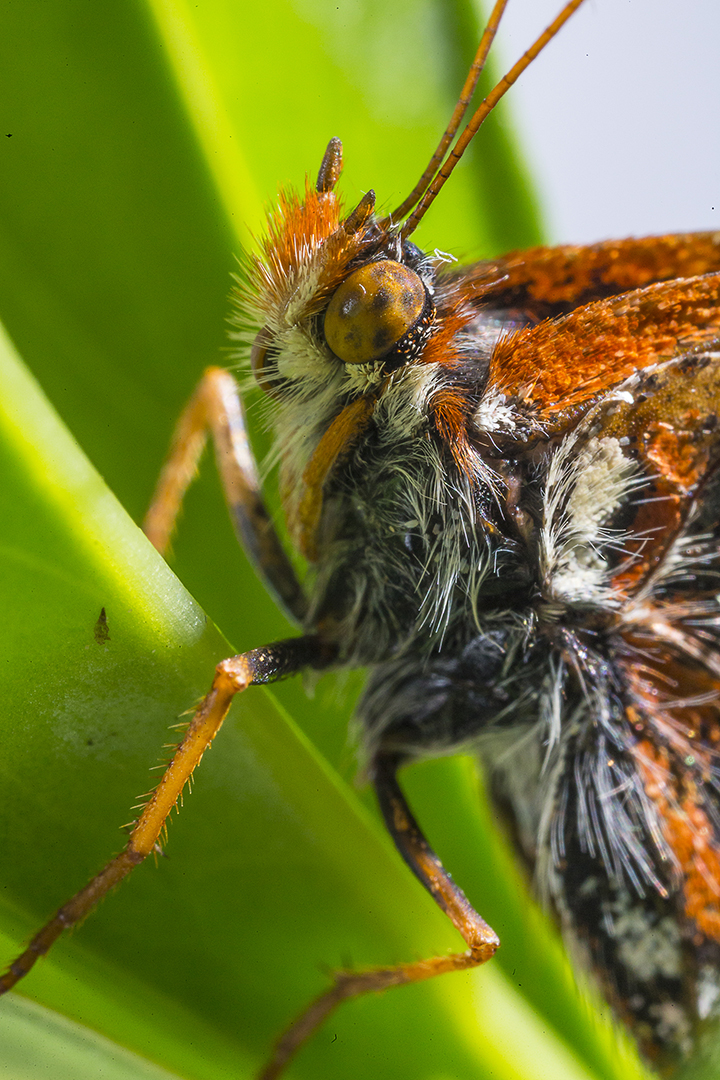
“Through our partnership with San Diego Zoo, we will be able to augment existing populations of the species on the San Diego National Wildlife Refuge, and brighten its recovery prospects in the face of climate change,” said Mendel Stewart, field supervisor for the U.S. Fish and Wildlife Service’s Carlsbad office.
San Diego Zoo staff is caring for eggs, larvae and adult butterflies in its Butterfly Conservation Lab. In order to ensure that the adults are receiving the best possible support for egg production, the butterflies are hand fed a nectar with vitaminds and minerals two to three times daily. Entomology staff members also check developing eggs daily for signs of hatching, and make sure that the tiny larvae are receiving fresh host plants daily.
“It has been really exciting this year to have enough butterflies in the wild to be able to bring a founder group into the San Diego Zoo collection,” said Paige Howorth, associate curator of entomology at the San Diego Zoo. “My hope for this project is a successful breeding program for the Quino checkerspot butterfly, and that they will be reintroduced into restored habitat and become as common as they once were.”
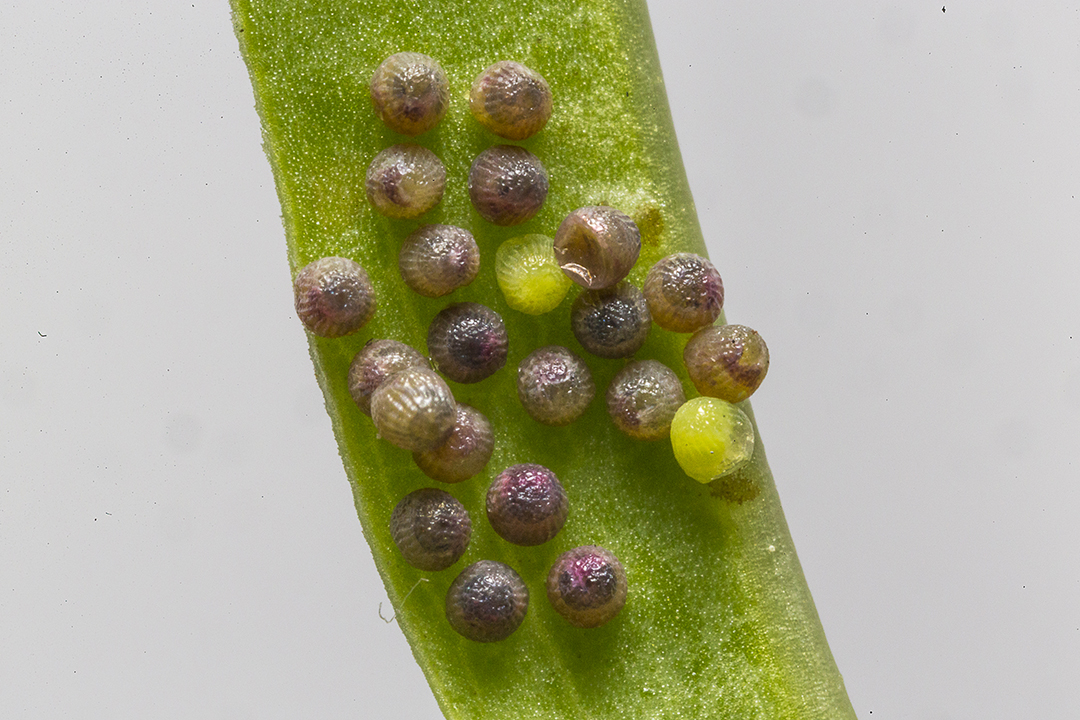
The U.S. Fish and Wildlife Service funded the Butterfly Conservation Lab at the San Diego Zoo and is supporting the breeding effort.
The Zoo’s entomology staff maintains Quino checkerspot butterflies and larvae at the lab, along with their host plant, dwarf plantain—some of which was grown by the Zoo’s horticulture staff. Quino checkerspot butterflies are dependent on the plantain in order to survive. Dwarf plantain is an annual plant that dies back in summer, which signals the butterfly larvae to enter a period of dormancy, called diapause. When the Southern California winter rains begin, the larvae break diapause and begin feeding, to complete their development into adults in spring.
An adult Quino checkerspot butterfly has a wingspan of approximately 1.2 to 2 inches (3 to 5 centimeters). It belongs to the Family Nymphalidae, the “brush-footed” butterflies, alluding to the shortening of the first set of legs. These special legs are equipped with brushy sensory structures instead of feet, and they are not used for standing. As you might expect from this butterfly’s name, both sexes of Quino checkerspot butterflies have striking black, orange, red and white coloring in a checkerboard pattern. In the wild, Quino males patrol and establish territories with a behavior called “hilltopping,” in order to win mates.

